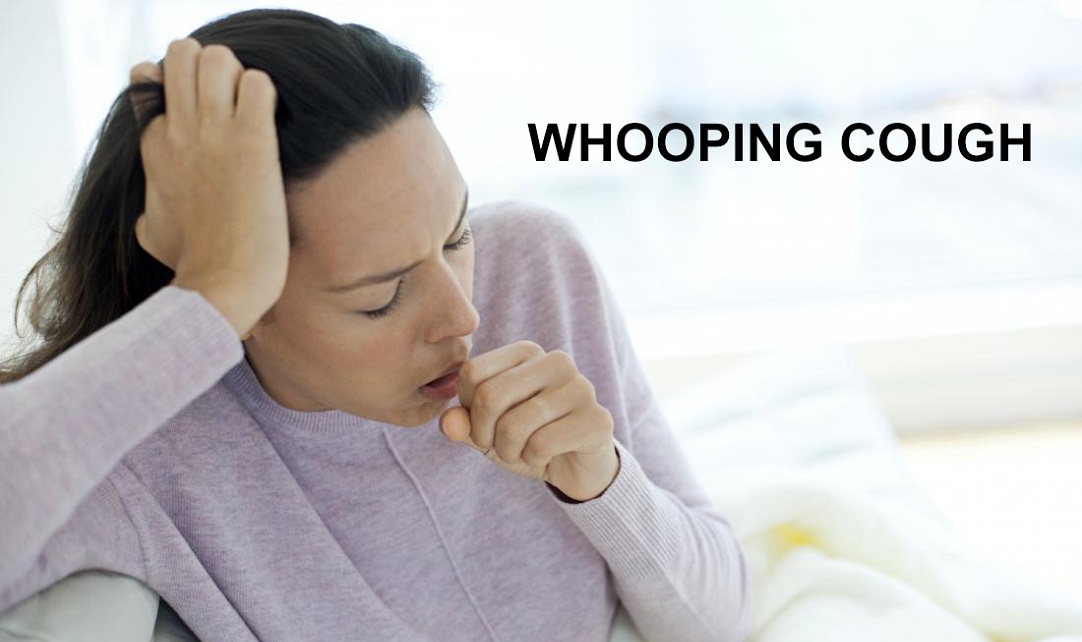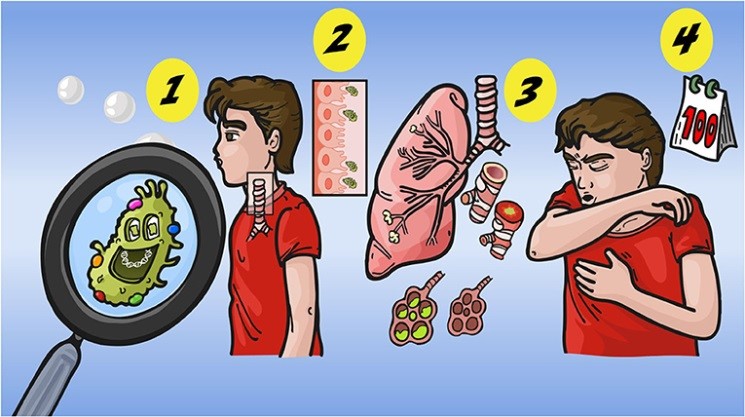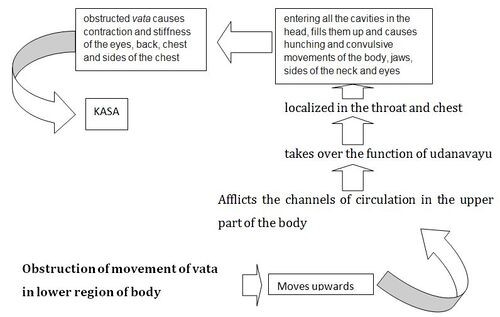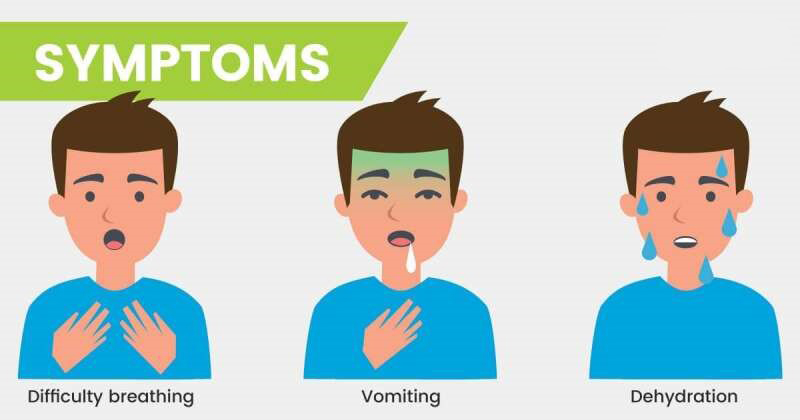
How to Prevent Whooping Cough Naturally?
- October 21, 2022
- Posted by Dr. Vaidya Karanvir Singh
- 0 Comment(s)
Table of Contents
Introduction
Whooping cough is a contagious respiratory tract infection that causes uncontrollable, violent coughing that makes it difficult for the person to breathe. Whooping cough is also called pertussis. The causative agent causing whooping cough is a type of bacteria known as Bordetella pertussis. Whooping cough infection can affect a person at any age but it proves to be fatal for infants and young ones.
“पूर्वरूपं भवेत्तेषां शूकपूर्णगलास्यता |
कण्ठे कण्डूश्च भोज्यानामवरोधश्च जायते ||”
In ayurveda cough relates to kasa in Ayurveda. Our Acharyas gave a detailed description of premonitory sign and symptom of kasa:
- Sensation in throat and mouth as if it filled with shooka (thorn)
- Itching in the throat
- Difficulty in swallowing food
Ayurveda description for cough (kasa) is the vitiation of vata dosha. Udana vayu, a type of vata, gets obstructed in the chest and head region by the increased kapha. As vata inside the body has tendency to flow but here in kasa the micro channels (srotas) are blocked in the upper region of the body giving the symptom of dry or phlegm cough.
Causes of Whooping Cough
Whooping cough is caused by the microorganism Bordetella pertussis. The bacteria gets attached to the cilia (hair-like structures) in the upper respiratory tract, releases toxins that destroys the cilia and causes airways to swell. The spread of the disease from one person to another is through contaminated air with cough or sneeze of a person suffering from whooping cough.
Sign and Symptoms of Whooping Cough
The incubation period of whooping cough is about 6 to 10 days but the person remains asymptomatic for as long as three weeks. The classic “Whoop sound” is common in children while taking a breath after coughing.
- Runny nose
- Dry persistent cough
- Fever
- Vomiting
- Dehydration
- Difficulty in breathing
- Blue Discolouration around the mouth
- Sneezing
Naturally Managing Whooping Cough with the Help of Ayurveda
“दीपनं बृंहणं चैव स्रोतसां च विशोधनम् |
व्यत्यासात्क्षयकासिभ्यो बल्यं सर्वं हितं भवेत् ||
सन्निपातभवोऽप्येष क्षयकासः सुदारुणः |
सन्निपातहितं तस्मात् सदा कार्यं भिषग्जितम् ||”
Whooping cough is a condition similar to “kshyaja kaasa” in our Ancient text. The line of management of khsyaja kasa includes Dipana (enhancing digestive power), Brihana (nourishing therapy), Sroto shodhan (removing toxins from the microchannels). Nourishing or balya (strengthening) therapies are helpful in the whooping cough. Tridosha (vata, pitta and kapha) should be balanced.
Ayurvedic Management of Whooping Cough by Chandigarh Ayurved Centre
All Products Description in Detail:
1. Kapha Balance Tablet:
Kapha tablet is a healthy blend of herbs formulated to balance Kapha doshas without aggravating Pitta and Vata doshas. It can also be used to alleviate any temporary Kapha imbalance. It is very effective in the Kapha season which is late winter and spring. It consists of warming and astringent herbs that help to balance the system throughout the cold season. The main use of Kapha tablets is to remove excess Kapha doshas from the system and helps in the management of weight, healthy lungs, and the immune system.
Recommended Dosage – Take 1 tablet twice daily with normal water.
2. Kas Shwas Hari Rasa:
Kas Shwas Hari Rasa is an Ayurvedic potent medicine for Respiratory system-related problems. It includes – Shwas kasa chintamani rasa, Laxmi Vilas nardiya rasa, Sootashekhar rasa, Talisadi churna processed in Bhawana of Vasa Kwath. It is mainly used in recurrent cough and cold. This tablet is very beneficial for upper respiratory congestion and bronchial asthma. Kas Shwas Hari Rasa has wonderful effects in both acute as well as chronic diseases of respiratory problems.
Recommended Dosage – Take 1 tablet twice daily with normal water.
3. Cough Go Tablets:
These herbal tablets are beneficial in cough, cold, bronchitis, & other respiratory disorders. Cough Go Tablets are ayurvedic formulation containing Sonth (Zingiber officinale), Mulethi (Glycyrrhiza glabra), Pippali (Piper longum), Kali mirch (Piper nigrum), etc. All these ingredients show antioxidant, anti-inflammatory, bronchodilator, & expectorant properties. This is very beneficial in fever due to phlegm and treats the chronic cough. It helps in reducing cough, headache, rhinitis, etc.
Recommended Dosage – Take 1 tablet twice daily with normal water.
4. Broncho Care Syrup:
Broncho care is ayurvedic syrup containing ingredients such as Vasa patra (Adhatoda vasica), Kantkari (Solanum surattense), Mulethi (Glycyrrhiza glabra), Bharangi (Clerodendrum serratum), Chitrakmool (Plumbago zeylanica), Sonth (Zingiber officinale), Pippali (Piper longum), etc. It is mainly used in chronic cough, bronchitis, whooping cough, chronic laryngitis, common cold, etc.
Recommended Dosage – Take 2 teaspoons twice a day.
5. Anu Tailam:
In classical terms, the nose is the gateway to the brain, mind, and consciousness. Anu Tailam is administered through the nasal passage to lubricate, protect, and calm the mind. It includes – Sesame oil, bael tree root, solanum root, cinnamon stem bark, cardamom fruit, desmodium root, etc. It is an excellent medicine for Kapha imbalance that relieves tension from the neck, head, and shoulder area. This oil gives more mental clarity and calms down the nervous system. It is also beneficial for headaches, earache, and sore throat.
Method of Application – Put 2-3 drops of Anu Thailam in each nostril.

Dr. Vaidya Karanvir Singh is the younger Vaidya in Chandigarh Ayurved & Panchakarma Centre. He is the fourth generation in his family who is practicing as a general consultant in Ayurved & Panchakarma treatment at Chandigarh. In his practice, he had treated more than 1 Lakh Plus patients worldwide.




